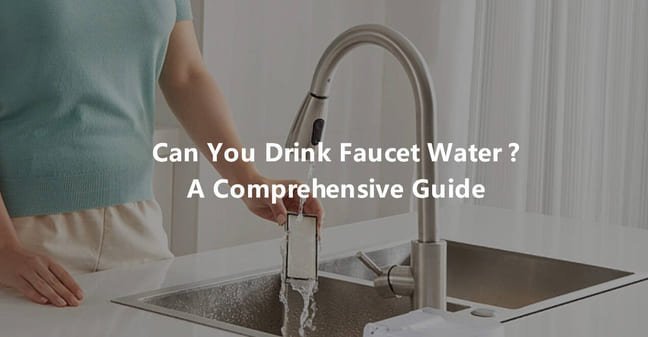Drink Faucet Water A Comprehensive Guide
Faucet water, also known as tap water, is the primary source of drinking water for many households worldwide. However, the safety and quality of faucet water can vary widely depending on several factors.
In this article, we will explore what drinking water faucets are, the types of drink water faucets available, their uses, and considerations for ensuring safe drinking water.
Additionally, we will discuss water filtration faucets that provide an extra layer of safety and convenience.
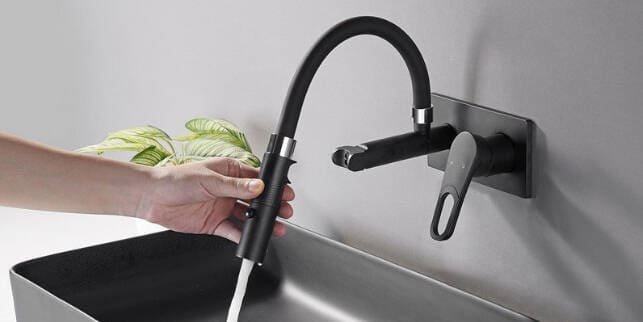
What is a Drinking Water Faucet?
A drinking water faucet is a specific type of faucet designed to provide safe and clean drinking water directly from the tap. These faucets are often equipped with filtration systems to remove contaminants and improve the taste and quality of the water.
Filter faucets are an essential component in modern households, providing convenient access to clean and safe drinking water directly from your kitchen sink. These faucets integrate advanced filtration systems to remove contaminants, improve water taste, and ensure overall water quality.
This article delves into what filter faucets are, their types, benefits, installation, and maintenance.
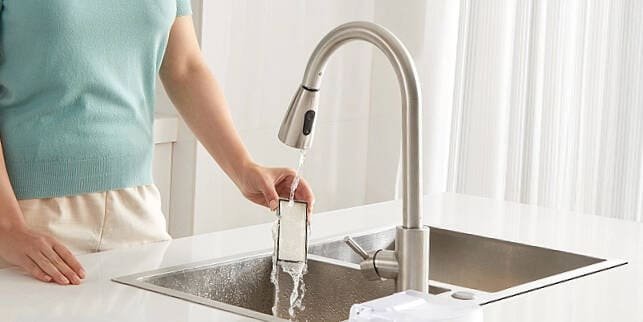
What is a Filter Faucet?
A filter faucet is a type of kitchen faucet that includes a built-in filtration system. These systems are designed to remove various contaminants from tap water, such as chlorine, lead, bacteria, and other impurities, providing clean and safe drinking water directly from the tap.
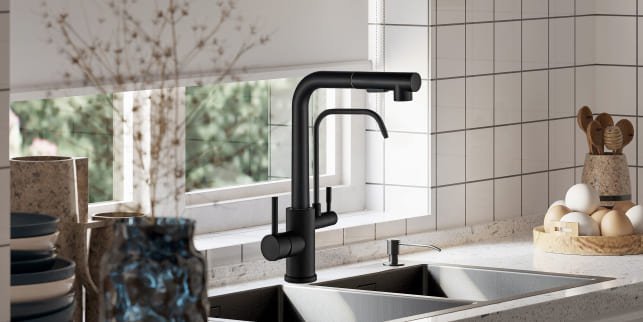
Types of Filter Faucets
1.Built-in Filter Faucets:
- Description: These are regular kitchen faucets with integrated filters that purify water as it flows through.
- Usage: Ideal for everyday use, providing filtered water for drinking, cooking, and washing.
- Advantages: Convenient and space-saving, as they do not require additional fixtures.
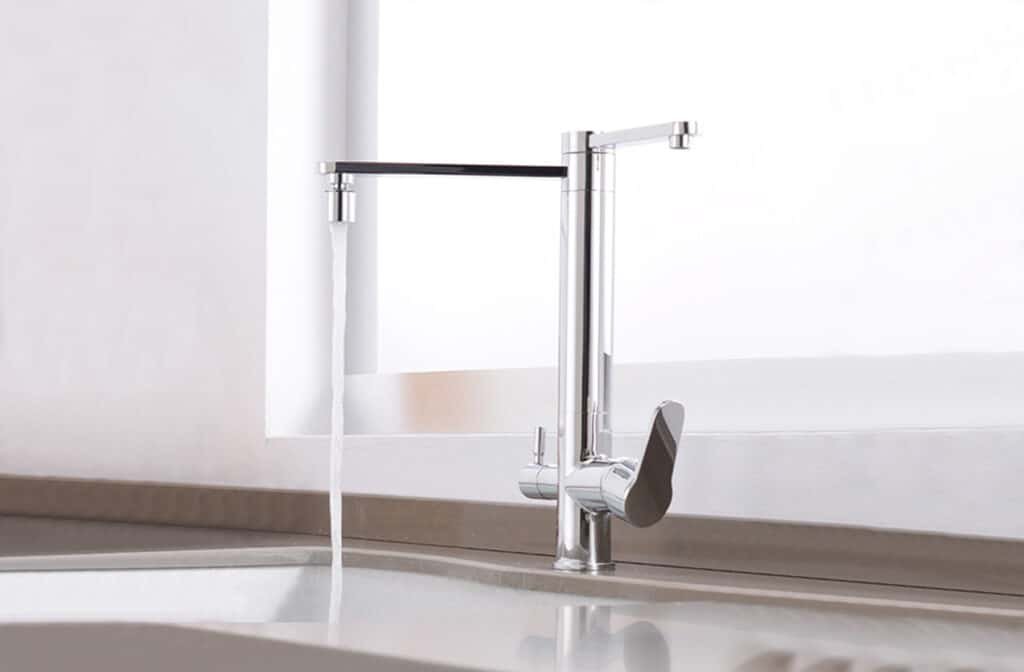
2.Dedicated Filter Faucets:
- Description: Separate faucets installed alongside the main kitchen faucet, connected to under-sink filtration systems.
- Usage: Exclusively used for dispensing filtered water for drinking and cooking.
- Advantages: Ensures that only filtered water is used for consumption, reducing the load on the main faucet.
3.Reverse Osmosis (RO) Faucets:
- Description: Faucets connected to a reverse osmosis system, which uses multiple stages of filtration to remove a wide range of contaminants.
- Usage: Provides highly purified water, ideal for drinking and sensitive cooking needs.
- Advantages: Delivers the highest purity level, removing up to 99% of contaminants.
4.Activated Carbon Filter Faucets:
- Description: Utilize activated carbon to remove chlorine, sediment, VOCs, and improve taste and odor.
- Usage: Suitable for areas with high chlorine levels and other common contaminants.
- Advantages: Effective in improving water taste and odor while removing several harmful substances.
5.Ultraviolet (UV) Filter Faucets:
- Description: Use UV light to kill bacteria and viruses in the water.
- Usage: Often combined with other filtration methods to provide an additional layer of protection.
- Advantages: Provides robust microbial protection, ensuring safe drinking water.
Benefits of Filter Faucets
1.Improved Water Quality:
- Removes harmful contaminants, providing safer and healthier drinking water.
- Enhances taste and odor by eliminating chlorine and other chemicals.
2.Convenience:
- Offers on-demand filtered water directly from your kitchen sink.
- Eliminates the need for bottled water, reducing plastic waste and saving money.
3.Health Benefits:
- Reduces exposure to potentially harmful substances like lead, mercury, and bacteria.
- Supports overall health by providing clean, contaminant-free water.
4.Environmental Impact:
- Reduces reliance on single-use plastic bottles.
- Lowers carbon footprint associated with transporting bottled water.
Installation and Maintenance
Installation:
- Step 1: Choose a filter faucet system that suits your needs and kitchen layout.
- Step 2: Follow the manufacturer’s instructions for installation, which typically involves connecting the filtration unit to your cold water line and attaching the faucet.
- Step 3: Ensure all connections are secure and there are no leaks.
Maintenance:
- Filter Replacement: Replace filters as recommended by the manufacturer, typically every 6-12 months.
- Regular Cleaning: Clean the faucet and filtration unit regularly to prevent buildup and ensure optimal performance.
- Check for Leaks: Periodically inspect the system for leaks and fix any issues promptly to avoid water damage.
Conclusion
Filter faucets are a valuable addition to any kitchen, providing easy access to clean and safe drinking water. By understanding the different types of filter faucets and their benefits, you can choose the best system for your home. Regular maintenance ensures the longevity and effectiveness of your filter faucet, contributing to a healthier lifestyle and a greener planet.
For further information on filter faucets and water filtration systems, consult reputable sources like the Environmental Protection Agency (EPA) and NSF International.
Frequently Asked Questions (FAQs)
- Filters should be replaced according to the manufacturer’s guidelines, usually every 6-12 months.
- Yes, most filter faucets come with detailed instructions for DIY installation. However, professional installation is recommended if you are not comfortable with plumbing tasks.
- While filter faucets are effective at removing many common contaminants, their effectiveness depends on the type of filtration system used. Reverse osmosis and activated carbon filters are among the most comprehensive.
- Some filtration systems may slightly reduce water pressure, but high-quality systems are designed to minimize this effect.
- Yes, filter faucets can be used with well water, but it is essential to choose a system designed to handle the specific contaminants found in well water.
By installing and maintaining a filter faucet, you can enjoy the convenience and health benefits of clean, filtered water directly from your kitchen tap.

